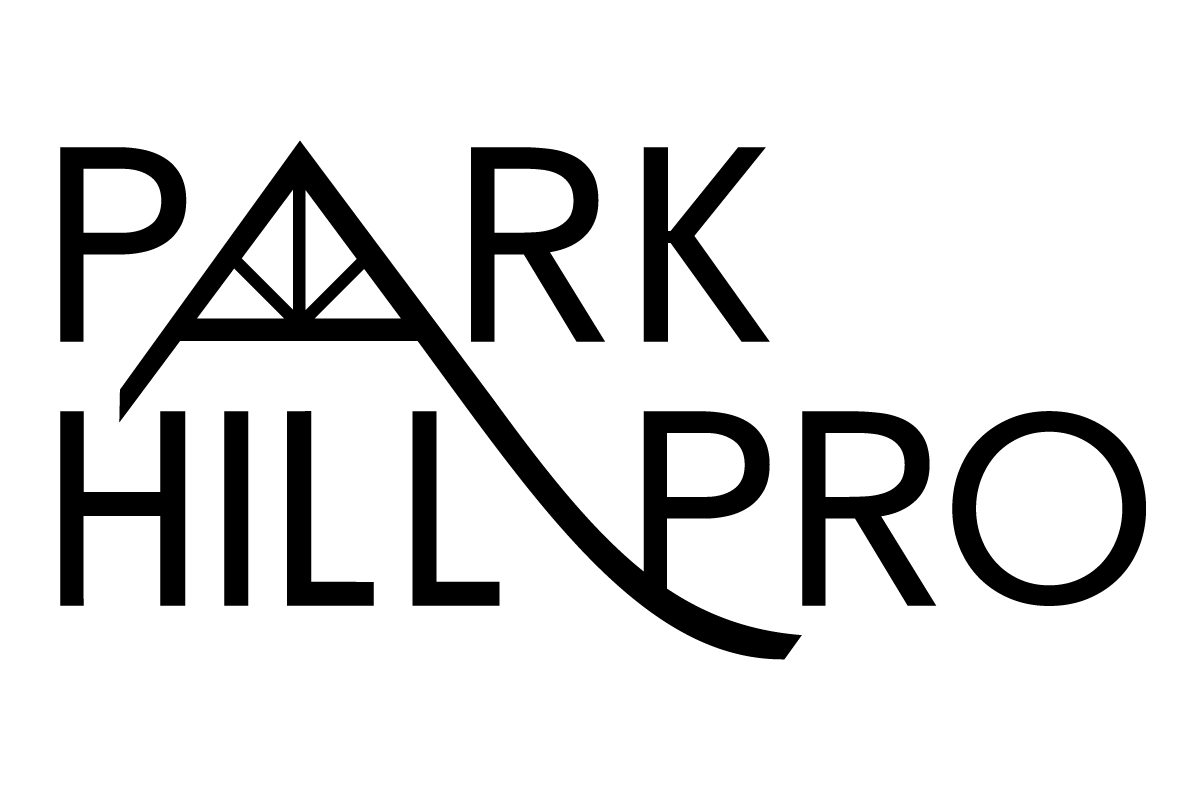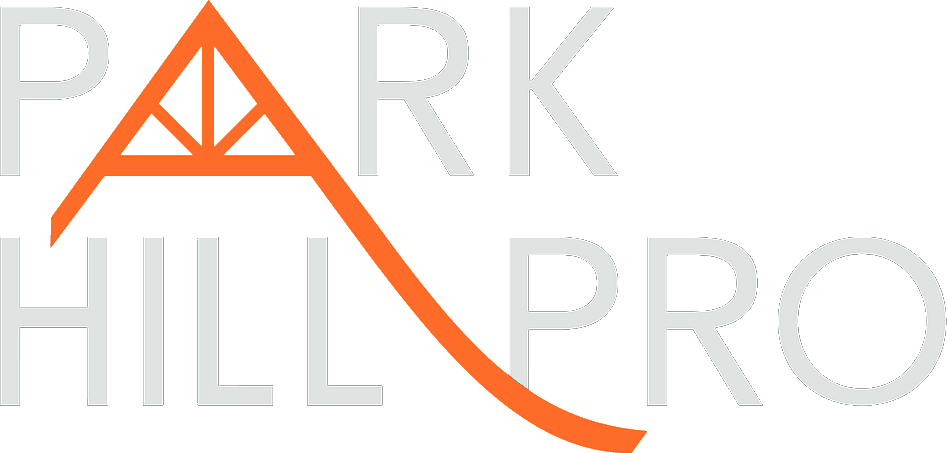Park Hill is ranked as Denver’s #1 neighborhood—but it was a long journey to the top.
The original development of the neighborhood was designed by Baron Allois Gullaume Engine von Winckler.
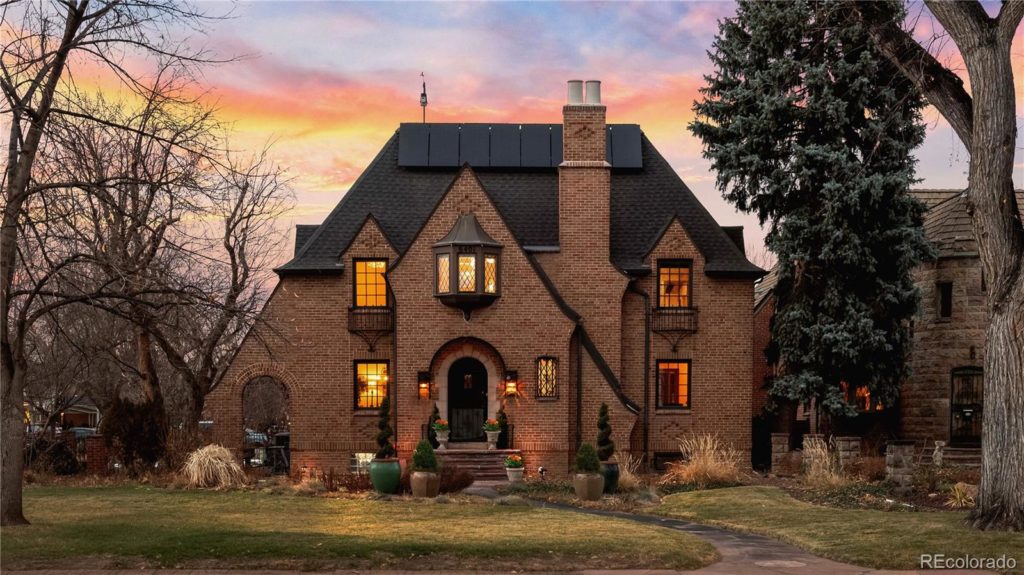
While we can all be thankful that he didn’t name the area after himself (that would be quite a mouthful), the neighborhood has undergone a lot of changes since its inception.
In this article, we’re giving you a brief history of Park Hill so that you can get a better understanding of how it gained the reputation cherished by residents today.
Let’s get historical!
The Early Days in Park Hill
As the calendar tipped into the 20th century and the Park Hill neighborhood grew from its original 32 acre allotment, a diverse crowd began to gather.
Some of the most prominent settlers included those of British, Dutch, African American, and Italian descent enjoyed the residential feel of the Park Hill area, as brickyards and dairies were replaced with tree-lined streets and attractive homes.
Developers advertised Park Hill as an alternative to ‘declining’ neighborhoods like Capitol Hill (their predictions didn’t come to fruition), even going so far as to build City Park as a buffer between residents and the city.
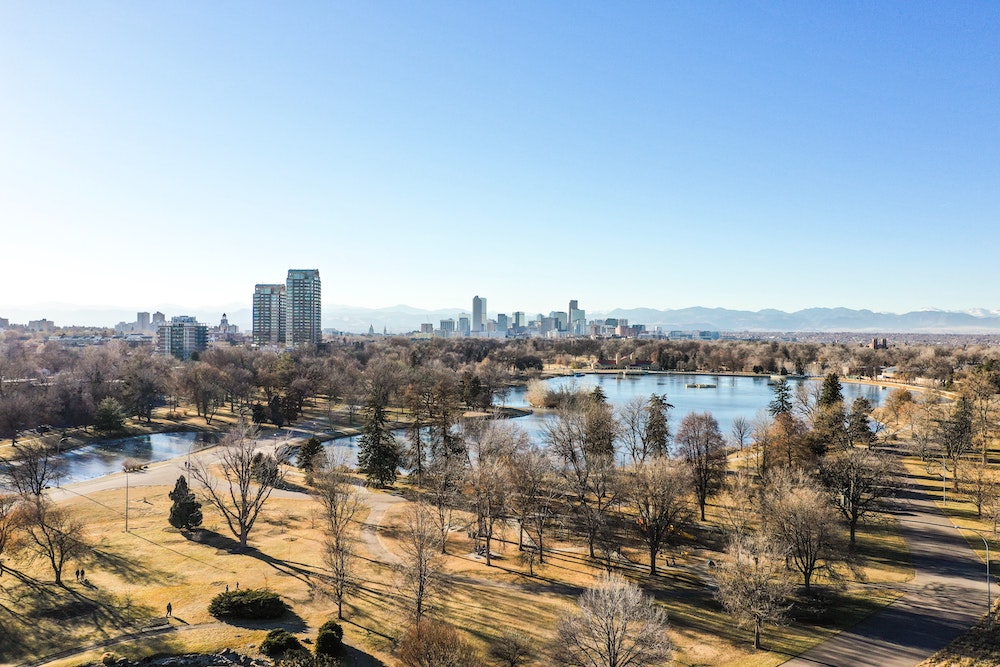
Early Park Hill residents were looking for a quieter living alternative to that of the noise and hustle of downtown Denver. Many of those early settlers viewed Park Hill as more of a suburb than an urban extension of Denver, though the city’s rapid growth didn’t allow that mindset to stay true for very long.
An Emphasis on Architecture
Park Hill is known for its many architectural landmarks that set it apart from other neighborhoods in the Denver area.
The neighborhood’s homes received special attention, taking on various Victorian styles as well as Arts and Crafts homes in the early 20th century.
One of the most popular designs of the first decade of the 1900s was the “Denver Square,” which sought to differentiate themselves from their Victorian predecessors in their functionality.
Still, there is a great deal of overlap and influence between eras of Park Hill architecture, leaving homes with a thoughtful and dedicated feel that gives the neighborhood an especially unique character.
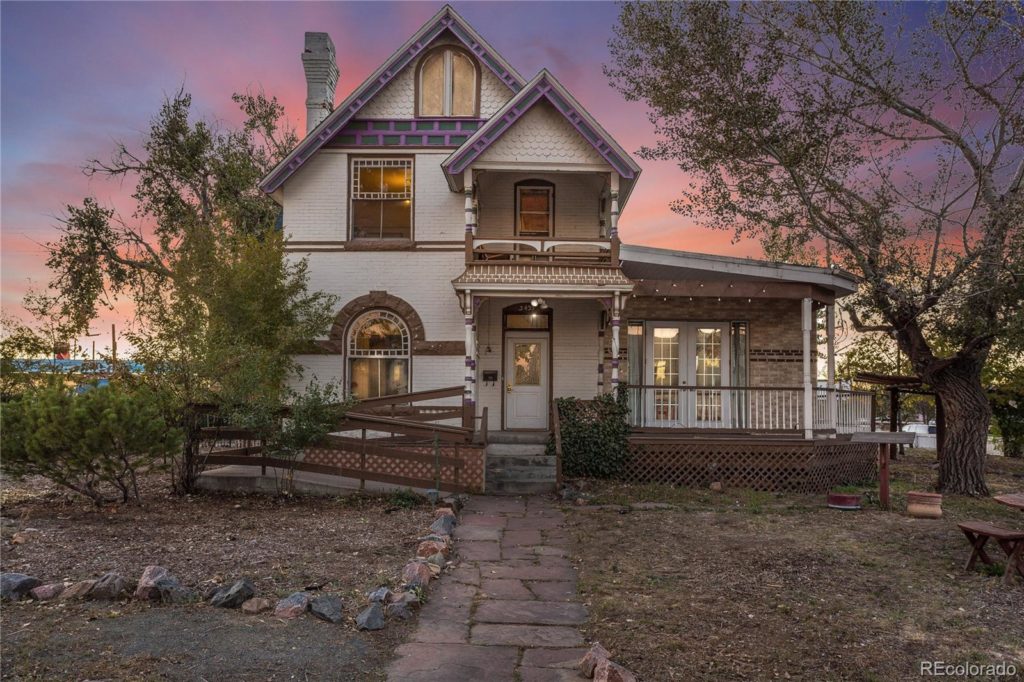
To learn more about some of the most interesting historic homes in Park Hill, check out this article!
Overcoming the Racial Divide in Park Hill
From the early stages, Park Hill was branded as a place that accomplished and affluent individuals could come to live.
Park Hill developers enforced strict covenants to prevent decline against what might be deemed as “undesirable,” which led to exclusions.
Following the end of World War II, Park Hill was almost exclusively white. But Denver was growing fast, and increased demand for housing led middle class African Americans to push further east out of Denver—threatening Park Hill’s contemporary identity.
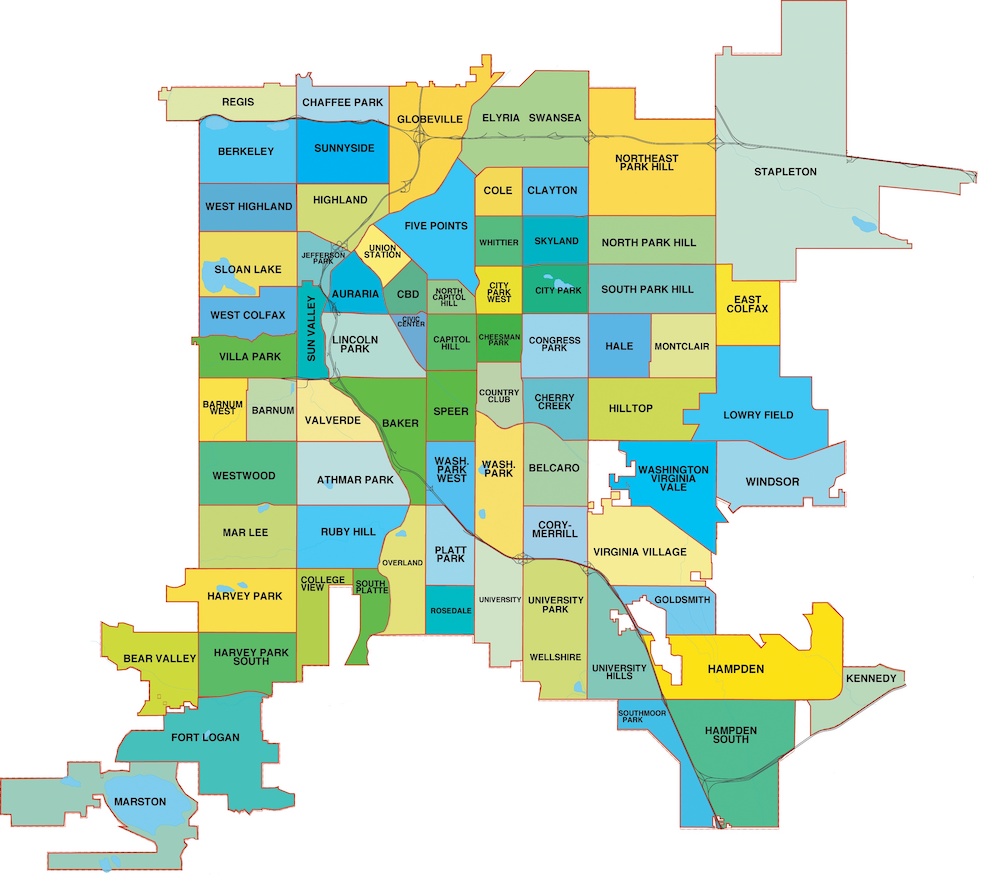
By the 1950’s, realtors were filling blocks deserted by white flight with black families through a practice known as blockbusting, resulting in huge sales for realtors and increased racial divides in the streets.
But not all Park Hill residents were willing to stand by while this took place. In 1960, a coalition gathered with the intent to seek an orderly integration of their neighborhood, meeting officially at Montview Presbyterian Church to discuss intentions.
That group, originally titled the ‘Park Hill Action Committee,’ later became Greater Park Hill Community, Inc., which is still operational today.
Thanks to the efforts of resilient black families and the Park Hill Action Committee, the racial divide was weakened. The groups were especially active in organizing neighborhood events to foster awareness for racial issues and the integration of Denver’s segregated public school system.
While the Park Hill Community can be proud of the activism it has displayed over the years, the effects of the housing divide in the 20th century still take shape.
There are always legitimate concerns about gentrification in Park Hill and Denver as a whole, especially in Park Hill’s northern stretches.
Pride in the Park Hill Community
Park Hill is a community that doesn’t back down to the challenges it faces, displaying activism throughout its storied history.
While there are undoubtedly issues that still must be addressed, the community takes great pride in its collection of outstanding schools, outdoor activities, and low crime rates.
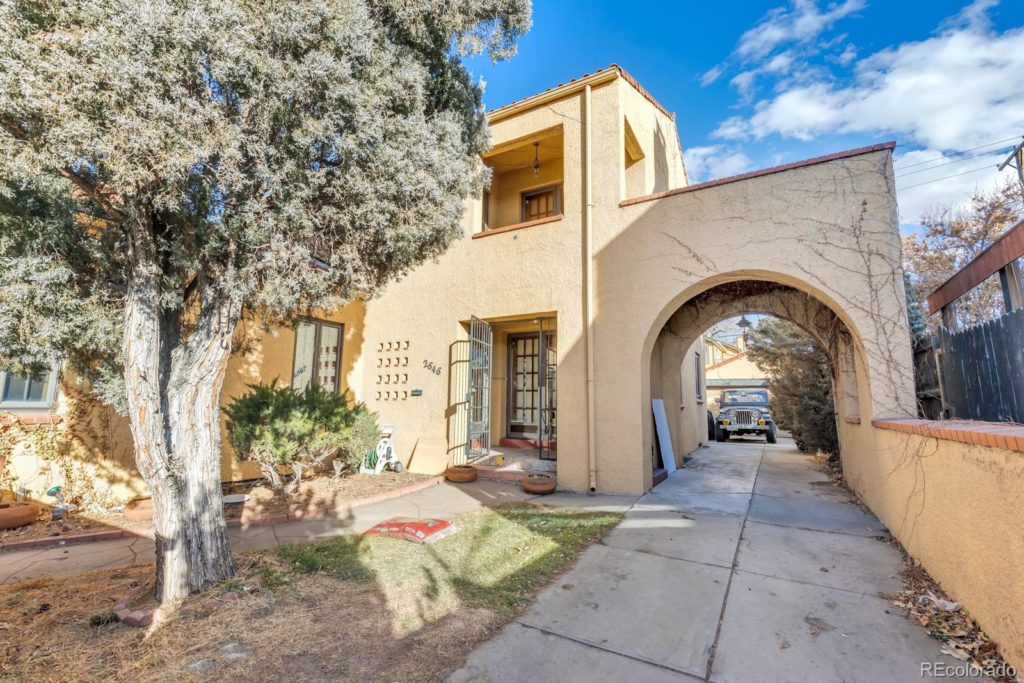
Are you looking to join the thriving Park Hill Community dedicated to achieving progress in sustainable living, equitable housing, and more?
Browse homes today!
Park Hill is waiting for residents like you to contribute to the future of Park Hill to make a new round of history.
Together, we can make it the most exciting era yet.
By: Jack Berning

